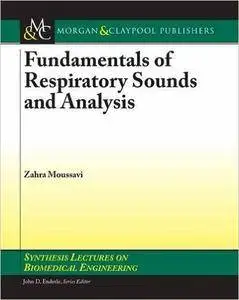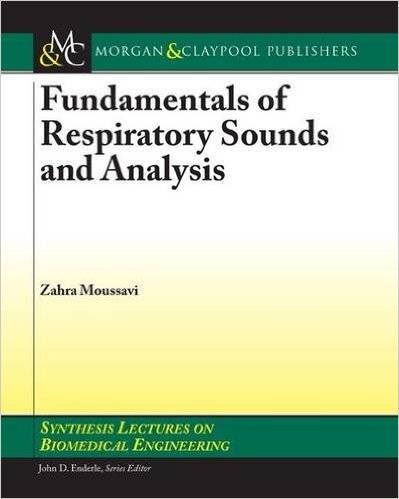Zahra Moussavi, "Fundamentals of Respiratory System and Sounds Analysis"
2006 | pages: 67 | ISBN: 1598290967 | PDF | 1,7 mb
2006 | pages: 67 | ISBN: 1598290967 | PDF | 1,7 mb
Breath sounds have long been important indicators of respiratory health and disease. Acoustical monitoring of respiratory sounds has been used by researchers for various diagnostic purposes. A few decades ago, physicians relied on their hearing to detect any symptomatic signs in respiratory sounds of their patients. However, with the aid of computer technology and digital signal processing techniques in recent years, breath sound analysis has drawn much attention because of its diagnostic capabilities. Computerized respiratory sound analysis can now quantify changes in lung sounds; make permanent records of the measurements made and produce graphical representations that help with the diagnosis and treatment of patients suffering from lung diseases. Digital signal processing techniques have been widely used to derive characteristics features of the lung sounds for both diagnostic and assessment of treatment purposes. Although the analytical techniques of signal processing are largely independent of the application, interpretation of their results on biological data, i.e. respiratory sounds, requires substantial understanding of the involved physiological system. This lecture series begins with an overview of the anatomy and physiology related to human respiratory system, and proceeds to advanced research in respiratory sound analysis and modeling, and their application as diagnostic aids. Although some of the used signal processing techniques have been explained briefly, the intention of this book is not to describe the analytical methods of signal processing but the application of them and how the results can be interpreted. The book is written for engineers with university level knowledge of mathematics and digital signal processing.
My Links



